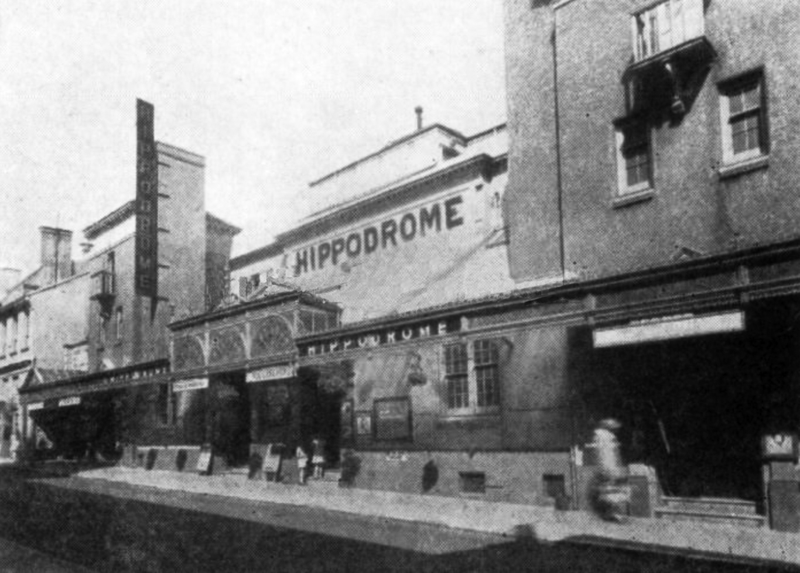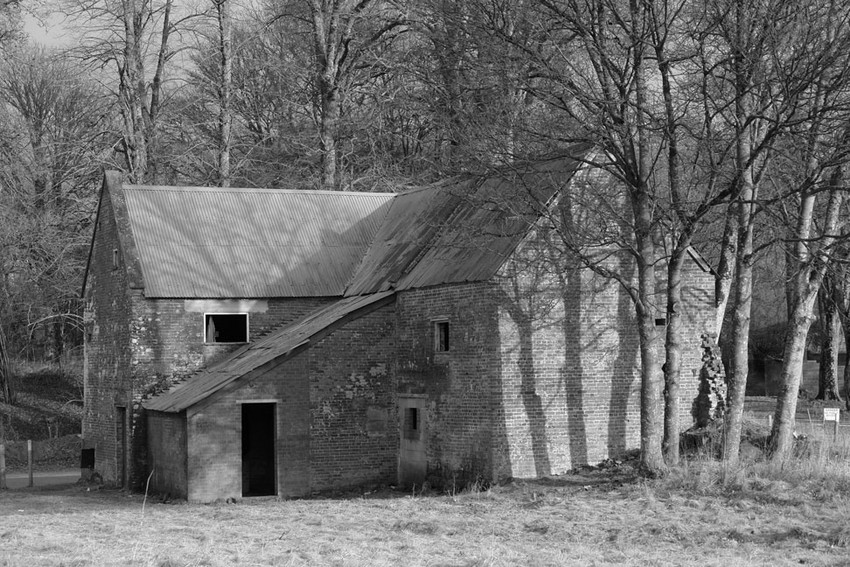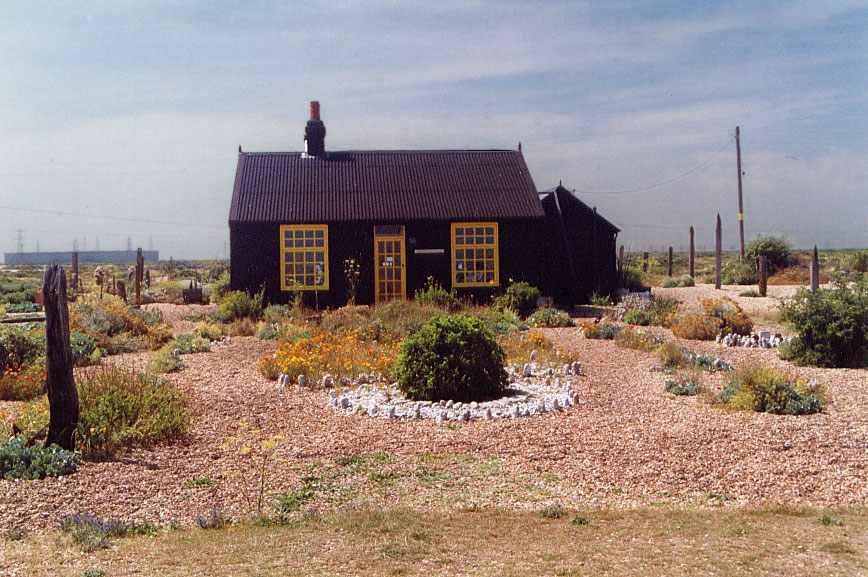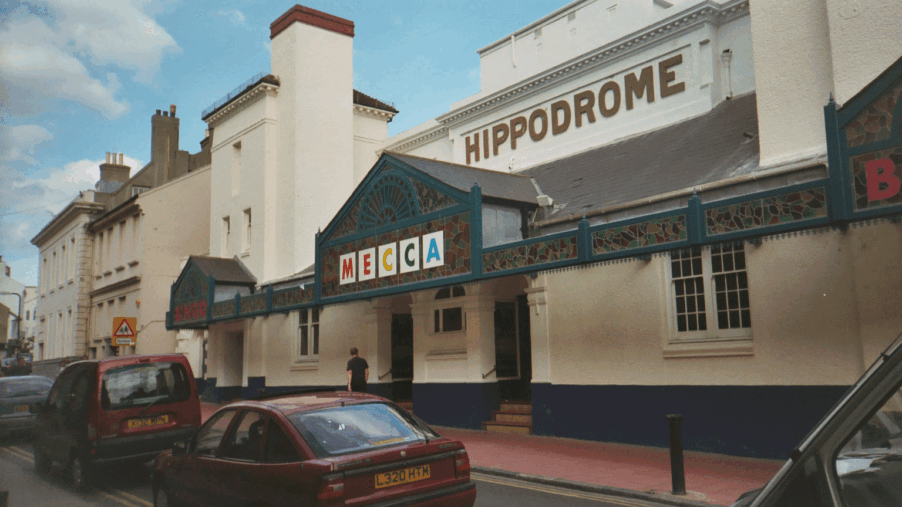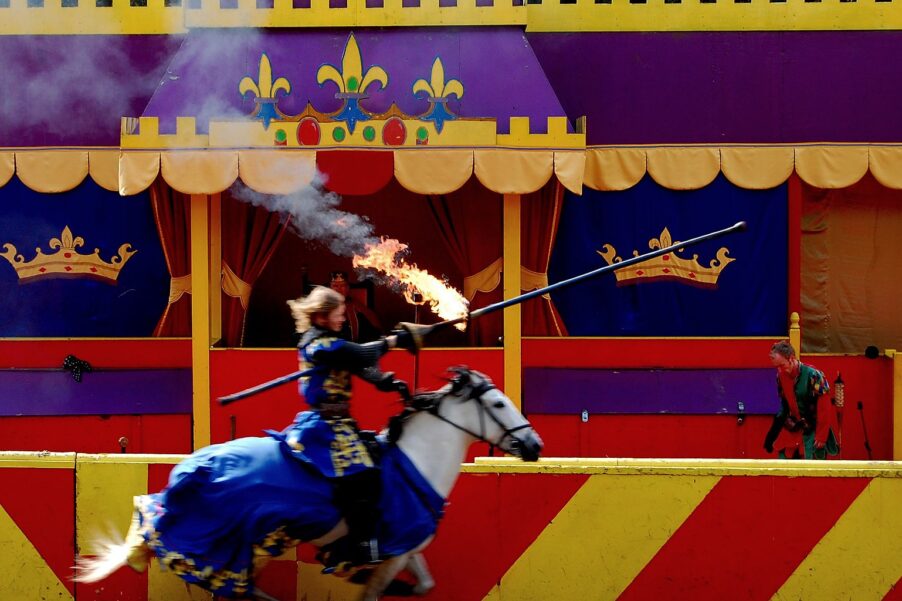In the UK, where every other stone seems to remember kings and knights, even abandoned places possess a unique charm. These are not just ruins but frozen moments in history, quietly living their own lives. Once alive with passion, laughter, or bustling trade, now only the wind and ivy remain.
Abandoned Britain: An Empty Village, a Forgotten Theatre, and a Rusting Amusement Park
Imber in Wiltshire: Houses Without People
Among the places that can be called “Lost Britain,” the village of Imber holds a special place. Unlike the submerged village of Derwent, Imber is mentioned in the Domesday Book (the 1086 population survey commissioned by William the Conqueror after his conquest of England) and never truly disappeared — it simply vanished from the map after the army decided to use the area for training. Starting in the late 19th century, the Ministry of Defence gradually purchased land around the village. By the start of World War II, nearly the entire area belonged to the military, who used it as a training ground.
In 1943, residents were told they had 47 days to vacate their homes — the land was being handed over to American troops preparing for the Normandy landings. “Only until the end of the war,” officials promised. But this period stretched into decades, and the village remained a military training zone. Today, Imber is open to visitors only a few days a year, and walking among its abandoned houses feels like stepping into a post-apocalyptic movie set. The school, church, and pub are still standing, but people have long since vanished.
Dungeness in Kent: A Boat Graveyard
On the Kent coast, in the Dungeness area, lies a unique boat graveyard. Once a thriving fishing village in the 19th and early 20th centuries, the sea has since receded, leaving behind the remnants of old vessels and wind-beaten shacks along the shore. In the 1920s, a railway was built to connect Dungeness with nearby settlements, spurring trade and transport, along with the construction of factories.
However, by the mid-20th century, the village began to decline. The construction of a nuclear power station in the 1960s added to its eerie atmosphere. The station, one of the oldest in the UK, remains an important part of the region’s history but also symbolises technological decay. As is often the case, the power plant brought not only light and heat to nearby settlements but also environmental pollution. Today, you can find the wrecks of fishing boats, their rusting hulls partially consumed by sand, while an old black lighthouse still stands on the coast. Over time, factories, railroads, and even the massive power station have all fallen into disrepair.
Hippodrome in Brighton: A Theatre Covered in Cobwebs
In the heart of Brighton lies the abandoned Hippodrome Theatre, which opened in the 1890s. It survived the Victorian era and two world wars but closed in the 1980s due to dwindling popularity — unable to compete with more modern entertainment venues. Attempts were made to repurpose it as a concert hall (early in their careers, The Beatles and The Rolling Stones performed here in 1964), and later as a bingo hall, but eventually, it shut down.
Today, the Hippodrome is in a dire state. Velvet seats in the auditorium are moss-covered, the chandelier is draped in cobwebs, and the stage, once hosting Shakespeare’s plays, has rotted away. Since 2011, several redevelopment projects have been proposed, but the fact that the building has changed hands four times in the past 15 years does not inspire hope for its restoration.
Camelot in Lancashire: Rusting Rides
Camelot Theme Park, which opened in 1983, was inspired by the legend of King Arthur and featured unique themed attractions: castles, knightly tournaments, and faux-medieval fairs. Spanning 140 acres, Camelot was an ambitious project for its time, drawing large crowds, especially families with children. However, starting in the late 1990s, the park began facing financial difficulties. Declining attendance, especially with the rise of modern attractions like Alton Towers and Blackpool Pleasure Beach, led to its deterioration. By the early 2000s, maintaining aging rides and infrastructure became impossible.
In 2012, after several attempts at restructuring, the park’s owners decided to close it. Today, Camelot Theme Park is known among urban explorers and fans of abandoned photography. The rides and decorations are covered in rust and ivy, and trees and shrubs grow over old railways and buildings, creating an air of mystery.
In 2019, a proposal was published to convert Camelot’s site into a new residential development accommodating over 6,000 homes. Whether the project will come to fruition remains uncertain.

